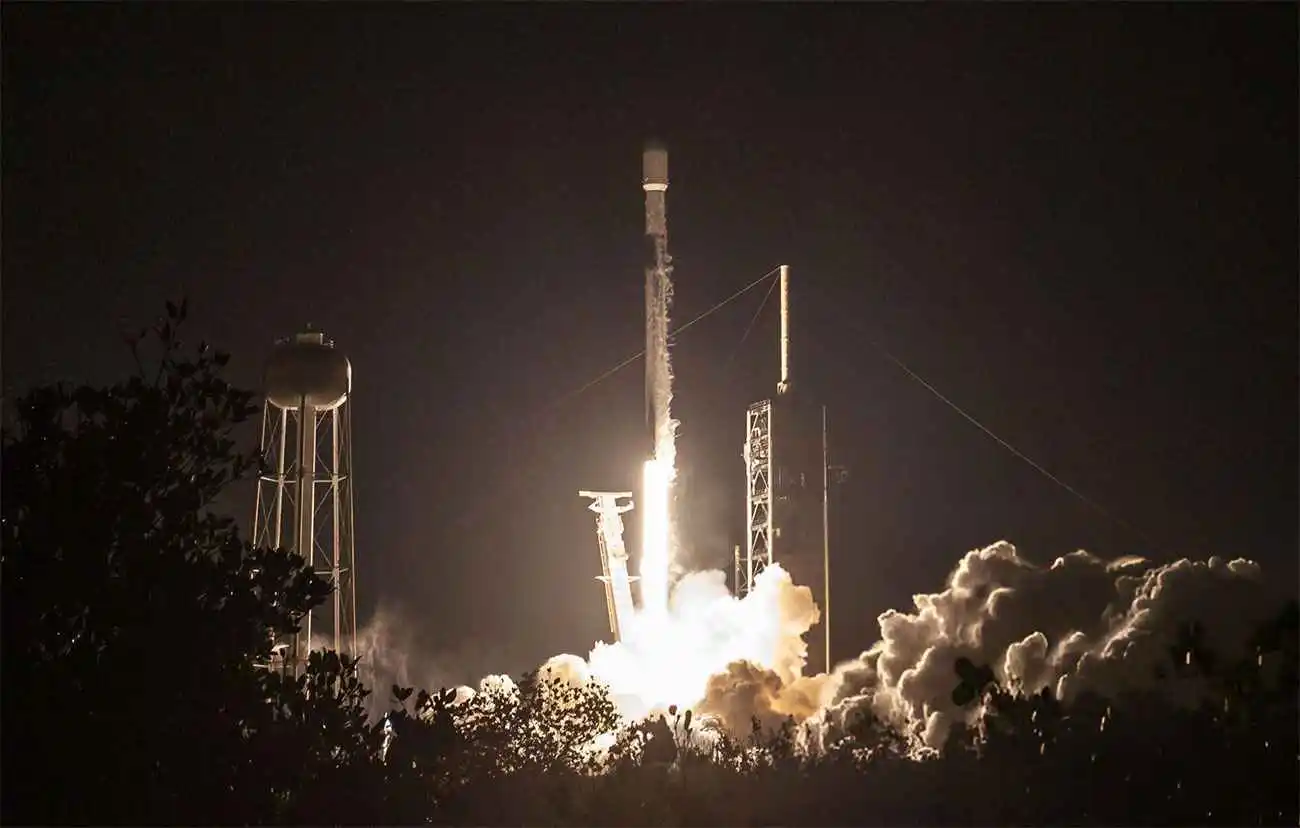SpaceX’s ambitious journey to Mars hit another roadblock on March 6, 2025, when its Starship rocket experienced a dramatic explosion during a test flight. This marks yet another setback for Elon Musk’s space company, which has been working tirelessly to make interplanetary travel a reality. The incident, dubbed “SpaceX’s Starship Explodes” across headlines, occurred just minutes after a promising liftoff, sparking widespread discussion about the future of SpaceX’s Mars mission and the challenges of developing a reusable spacecraft.
What Happened During the Starship Test Flight?

Why Does This Matter for SpaceX’s Mars Mission?
Why Does This Matter for SpaceX’s Mars Mission?
A History of Explosive Failures—and Some Wins
- April 2023: The first orbital test flight ended in an explosion after the rocket couldn’t separate from its booster.
- November 2023: A second attempt got further but still blew up before finishing its mission..
- January 2025: The seventh test flight exploded eight minutes in, debris raining over the Caribbean. .
- March 2025: The latest failure, with the upper stage spinning out of control and contact lost.
What Went Wrong This Time?
A Bright Spot: The Booster Catch
What’s Next for SpaceX and Starship?
Why SpaceX’s “Fail Fast” Approach Works
Wrapping It Up
When SpaceX’s Starship Suffers Another Explosive Failure, it’s a stark reminder: space is tough, and Mars is tougher. But SpaceX thrives on challenges. They’ve built an empire on bold moves and relentless grit, and this setback won’t stop them. With each test, they’re inching closer to Mars, one explosion at a time.
FAQs About SpaceX’s Starship Explosion
Sure, for basic stuff. But these agents are for complex, specialized work that free or cheap tools can’t handle.















